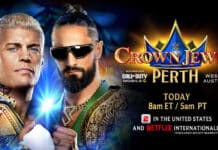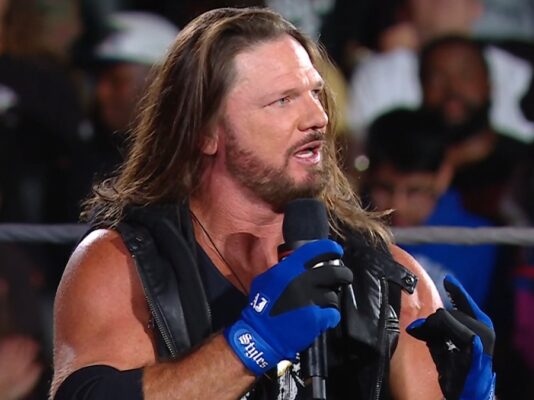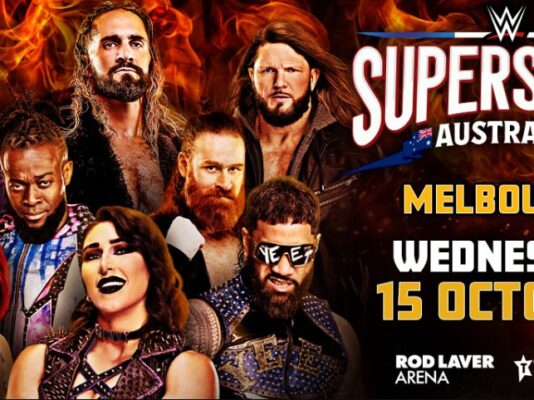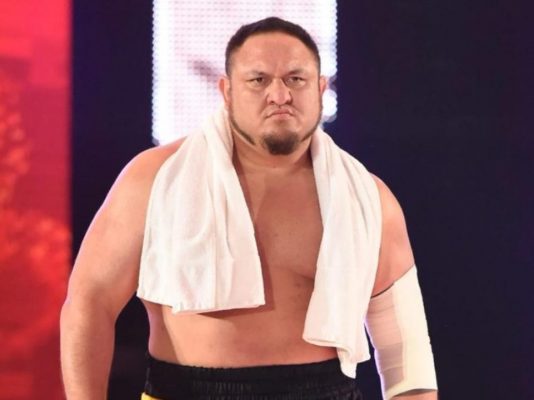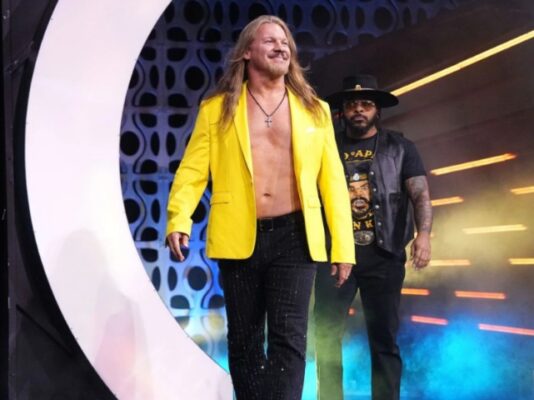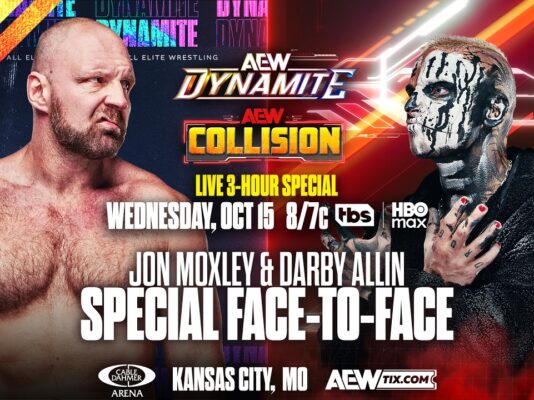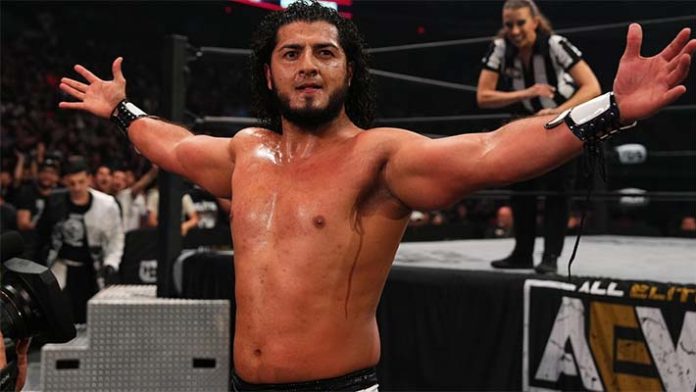
All Elite Wrestling’s Continental Classic has a very solid field of talent and so far has delivered some quality matches. However, is the concept too inside baseball for national television? We know that Tony Khan was a big pro wrestling fan since his youth and that he’s a major New Japan fan as well. It goes without saying that the Japanese league had a huge impact on his promotion, considering that he took The Elite to serve as the foundation of the organization at its launch. Plus, the addition of Jay White, Kota Ibushi, and most recently, Will Ospreay to AEW roster after their stellar tenures in New Japan. Granted, the serious shoulder injury kept Ibushi on the shelf for almost two years and he’s clearly not the same performer that he was prior to the injury, but both White and Ospreay are in the prime of their careers and were top stars in Japan. Clearly, Tony Khan is willing to offer major cash to get talent to leave the premium spot they have in Japan to join his company.
It goes without saying that the Continental Classic, with its stacked field and point system, is based on New Japan’s G1 Climax tournament.
I have to be honest, I really don’t think that the vast majority of American fans, especially those that will tune into TBS, have any type of investment into a round robin tournament with a point system. It’s just too convoluted and unfamiliar in terms of a pro wrestling presentation. That’s not to say it’s a “culture clash,” but rather that the concept isn’t established in the United States and simply doesn’t have the type of cache to be seen as anything more than the usual countless tournaments that Tony has on an almost regular basis.
It’s important to note that the sports-based presentation in Japan lends itself to a tournament with a point system. The history of pro wrestling in the United States is based on storylines and conflicts. The personal rivalries have much more emphasis in America throughout history than the basis of competition that was often seen in Japan. The bottom line is, the psychology and the presentation of each genre is structured to put a spotlight on those particular dynamics. It’s similar to how lucha libre rules are established tradition in Mexico, but sometimes seem out of place in the United States.
It’s not so much that the American audience isn’t willing to accept another format, but rather that a tournament that will span several weeks on national television in the United States that is based strictly on work rate rather than any type of continuous storyline with a personal conflict isn’t what caters to fans that will watch TBS because of the overall established presentation of the sport. The causal fan might stumble across the Continental Classic,but won’t have the context about why three points in one match is important, but perhaps a draw could still be beneficial to a competitor, depending on how many points they already have in the tournament.
Quite frankly, pro wrestling in America isn’t that complicated, and again, the history of the presentation of sports entertainment in the United States doesn’t lend itself to a round robin tournament or a point system. One of the reasons that the industry survived throughout some rocky periods is that it’s based on human psychology so it’s an easy narrative for anyone to understand. There are villains and heroes in real life the same way they are heels and baby faces on the wrestling show.
Don’t get me wrong, that’s not to take anything away from the quality performances that we’ve seen throughout the tournament so far. Jon Moxley vs. Jay Briscoe, Rush vs. Jay White, and Eddie Kingston vs. Bryan Danielson were really good matches. The problem is, outside of the previously mentioned format that American fans aren’t used to, why should they be invested in the tournament, outside of maybe the finals? These early matches are very good, but given the point system, the results might be completely irrelevant near the end of the tournament if a competitor that won earlier ends up mathematically eliminated before the finals. The format needs fans to keep track of who has a certain number of points and then keep the entire field in mind as they watch the next match to see how a particular finish might affect the ranks.
In some ways, the Continental Classic is a microcosm of one of the common criticisms of AEW, and all things considered, it might be a valid point, Tony Khan books specifically for himself, as far as the matches that he personally wants to watch, not for what will draw money for a national promotion. That’s not to say that there’s not an overlap between the two because All Elite, for some of the rightfully criticism toward it, had success. After the debacle of backstage problems and mismanagement of 2022, they sold 80,000 tickets at Wembley Stadium earlier this year. Still, the Wrestling Observer fandom by nature isn’t what draws the causal audience, and when you’re on the national level, that demographic must be considered a part of the target audience. Keep in mind, you have to be a diehard pro wrestling fan to be willing to search the internet for the backstage dirt or rumors of what might happen next. You have to be even more of a diehard fan to potentially pay $9.99 a month, assuming that you’re willing to select the option that will give you access for a year, to subscribe to Dave Meltzer’s newsletter.
There’s nothing wrong with that, either. Pro wrestling can be as amazing and incredible as it is scummy and low brow. The point is, that’s a niche of a niche that will follow or put any stock into how many star ratings a match received on pay-per-view. Yes, Dave Meltzer has made a living off of the pro wrestling rumor mill and he deserves credit for that, as very few will take the nuances of the sport in-depth to get a story. From a historical perspective, Meltzer is one of the best resources anywhere, and the success he had as the most well-known reporter of insider wrestling news allowed him to expand to a staff for his website. Regardless, of the verbal or written gymnastics he will do to attempt to defend almost everything AEW does, Meltzer has a dedicated, albeit niche audience.
As much as I’ve enjoyed some of the matches from the Continental Classic, I’m not sure national television is the place for it. Kenta Kobashi is one of my favorite Japanese wrestlers of all time, but the term “the four pillars” has very little content to the majority of viewers on TBS. Just because I might enjoy the tournament, I will still explain why I don’t think it will boost ratings for Dynamite.
All that being said, the bottom line is, Tony Khan, as commendable as his intentions are to try to spark the industry, shouldn’t let his fandom dictate the direction of his business. If he wanted to book “dream matches,” he could’ve started an indy promotion for a lot less money than he invested into AEW. But, he’s from a billionaire family so essentially money is no object, which is ultimately why All Elite Wrestling is a vanity project. That vanity project undoubtedly made an impact on the sports entertainment industry, but the fact remains that it seems like the primary goal is that Tony Khan gets to be friends with his favorite wrestlers, not to attempt to expand AEW. Still, Tony is the boss and one of the perks is that he can run the company the way he wants to, and if that philosophy puts a ceiling on how much the organization can expand then it won’t make a different because again, money is no object for Khan.
The biggest takeaway from the Continental Classic is that the national television audience is based on casual fans and that demographic isn’t necessarily invested in work rate or the concept of a round robin tournament, but rather the entertainment value of intriguing characters and storylines.
What do you think? Share your thoughts, opinions, feedback, and anything else that was raised on Twitter @PWMania and Facebook.com/PWMania.
Until next week
-Jim LaMotta
E mail [email protected] | You can follow me on Instagram, Facebook, & Threads @jimlamotta89





